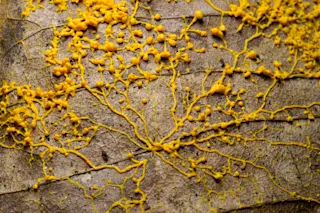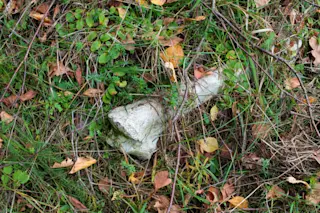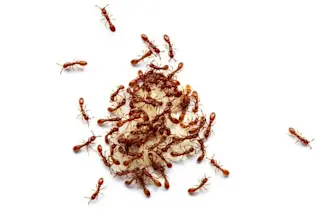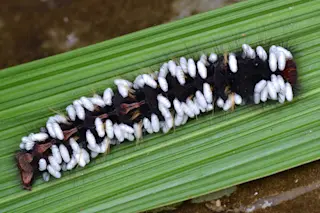Complex coordinated behaviors are a common sight in nature. Fish school, locusts swarm, wildebeests gather yearly for the world’s largest migration, and bamboo plants have mass blooming events.
But where there’s a crowd, there are usually a few individuals that hang back — they’re known as loners. Researchers have tended to dismiss these outliers as mistakes, but a new study reveals that for amoebas that normally come together to form slime molds, being a loner is actually heritable.
Slime molds — creeping blobs found in soil and on decaying tree stumps — begin their lives as populations of single-celled amoebas. As they divide, the bacteria they eat eventually run short. To avoid starving, the amoebas perform an incredible trick: They clump together to form a mushroom-shaped tower, complete with a stiff stalk and a cap. The cells at the top of the cap release starvation-resistant spores that can travel to ...














